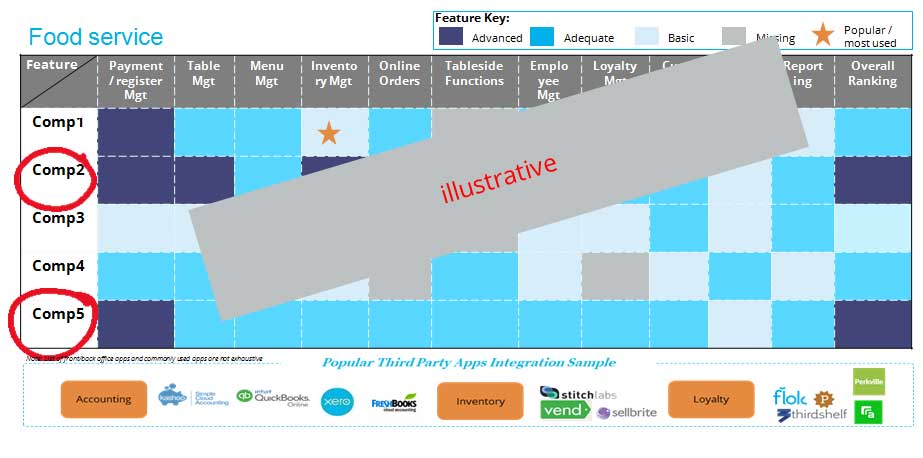SMART TERMINAL STRATEGY TO GROW MARKET SHARE
Featured Case Study
For a leading payments processor and acquirer, ePAY conducted a competitive landscape assessment to validate the value proposition and refine the product definition of a new smart terminal solution for the SMB market segment.

Business Challenge
The client was planning a new product launch of a smart terminal device to maintain its current customer base and grow its small to midsize merchant segment but lacked critical market and business insights to achieve its goals.
- The product team required deeper market insights to validate and refine elements of product features, customer value proposition, pricing and overall go-to-market strategy for its smart terminal product offering in the small-midsize merchant segment.
- Gaps in understanding of merchant experience with competitors’ solutions, current and future pricing tolerance, and other key drivers of adoption for smart terminal solutions specific to SMB and selected industry verticals/categories.
ePAY Approach
ePAY applied a structured and proven framework to gather insights of the POS terminal market, inform the client’s product positioning and go-to-market strategy

Scope Definition
Collaborated with leadership and key stakeholders to define the parameters of landscape assessment including product capabilities and features, vertical markets and customer segments, selected competitors, devices, etc.

Methodology
Applied an inside client-outside market approach to capture customer insights, competitive trends, industry best practices through primary and secondary research and validation

Recommendations
Developed key outputs to validate opportunity and provide strategic direction to inform execution planning (e.g., niche customer segments, product/feature prioritization, strategic partner options and third party integration)

Project Outcome
ePAY delivered compelling insights to validate the opportunity for integrating business services with payments acceptance for specific verticals and niche segments; as well as enabled the product organization to gain internal support, build the business case, and ensure organizational readiness to launch the new product.
- Merchant use cases by segment preferences developed for specific devices and high value product features with key business applications for value added services.
- A “socialization campaign” clarifying the strategy accompanied this effort to ensure the company leadership and key stakeholders were bought in to the strategy.
- A “go-to-market plan included work streams spanning product sets and features (focused on most commonly used by specific segments/niches), pricing structures (that are preferred by this segment), and sales and distribution approach including identifying strategic partner options.
- Finally, ePAY identified net new opportunities for high potential niche targets for our client, key drivers of adoption, business case inputs, and provided perspectives to design a pilot program to test the solution.
-Sample Output-

Food service industry has greater complexity compared to most retail SMBs, particular to taking orders, managing employees, and inventory. Comp2 and 5 offer merchants in this category feature rich apps for managing major front and back office activities.
* We take our client’s confidentiality seriously and do not disclose company names in our case studies.
